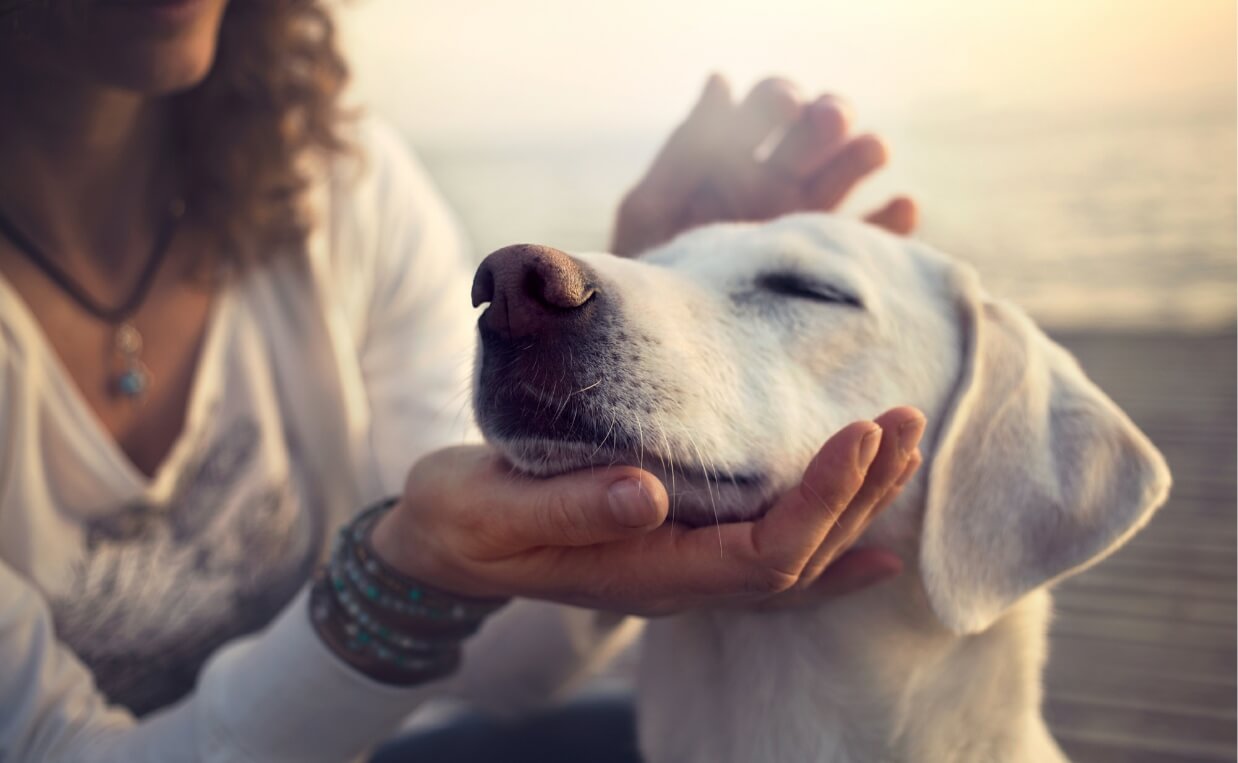
There’s nothing like rescuing a dog in need, but many shelter dogs come with serious emotional issues. Adopting a dog from a shelter is a rewarding act of kindness for both you and your new dog. Most owners can’t overstate how happy they are every time they look at their dog knowing they saved him or her from a rough life. And in return, rescued dogs are known for showering their owners with overflowing love and affection. Everyone wins.
However, rescuing a shelter dog isn’t always all sunshine and rainbows. These dogs, for all their many wonderful qualities, tend to have past trauma. Trauma can make it harder to correct behavior problems than in dogs that are not rescued.
Here are eight behavior problems common in shelter dogs, with some tips on how to address them. Keep in mind there is way more information out there on helping traumatized dogs with behavior problems than this article can cover. I encourage you to continue to research and, above all, discuss any concerns with your veterinarian. Your veterinarian will be able to make recommendations on the best ways to help your dog learn new, positive behaviors.
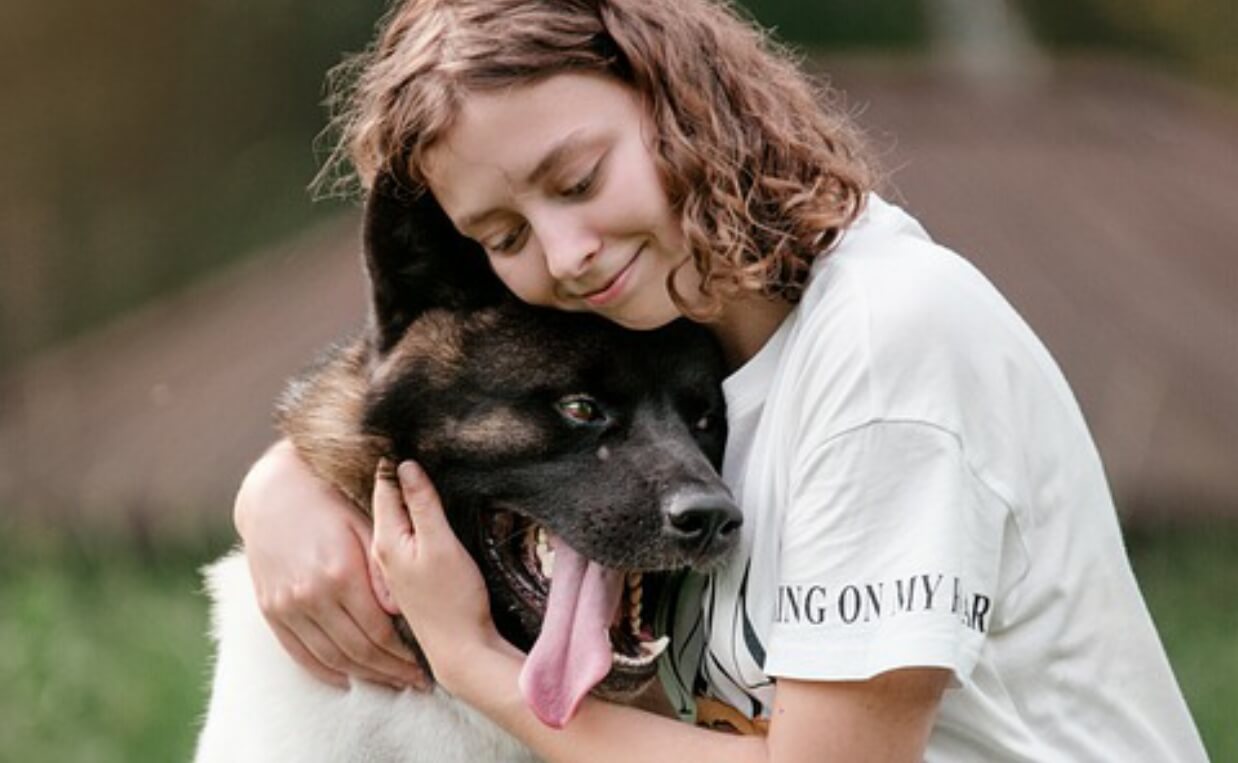
With enough love and patience, you can help your dog correct his or her behavior problems, freeing both of you to enjoy a happy, fulfilling life together.
-
Anxiety
Anxiety, especially separation anxiety, is common among rescued shelter dogs. There are many reasons a dog may develop separation anxiety, but they all stem from a lack of structure, stability and comfort.
While you can’t know what your dog’s life was like before he or she was placed in the shelter, you can at least imagine what it was like for your dog while at the shelter.
It’s a traumatic experience, to say the least.
It can take a while for your dog to get used to the quiet of a home after being in a noisy facility. Given freedom in their new home, many dogs will follow their owners everywhere and panic if they’re left alone.
While not all shelter dogs suffer from heart-wrenching anxiety, many of them do. And truthfully, it’s going to take a lot of work to help them.
-
Tire them out
A tired dog is a happy dog. Anxiety is often worsened by excess energy, so give your dog plenty of mental and physical exercise.
Read more: 12 Ways to Help Your Dog Get Enough Exercise

-
Crate training
Crate training is another good way to help your dog learn how to be OK on their own. They feel safe and secure in their “den” like environment so they can start to understand they will be OK until you return.
-
Offer distractions
Give your dog a project toy to help keep them occupied while you’re away. They might fuss a little when you leave, but soon they’ll be curious about the toy, especially if a treat is involved, and will get busy trying to get the treat. This should keep them distracted for a little while.
-
Music therapy
Dogs and puppies do respond positively to relaxing music. Try searching for “calming music for dogs” in Spotify or whatever music app you use. Usually several playlists come up with classical, piano and nature sounds. You might be surprised at how much the right music can help.
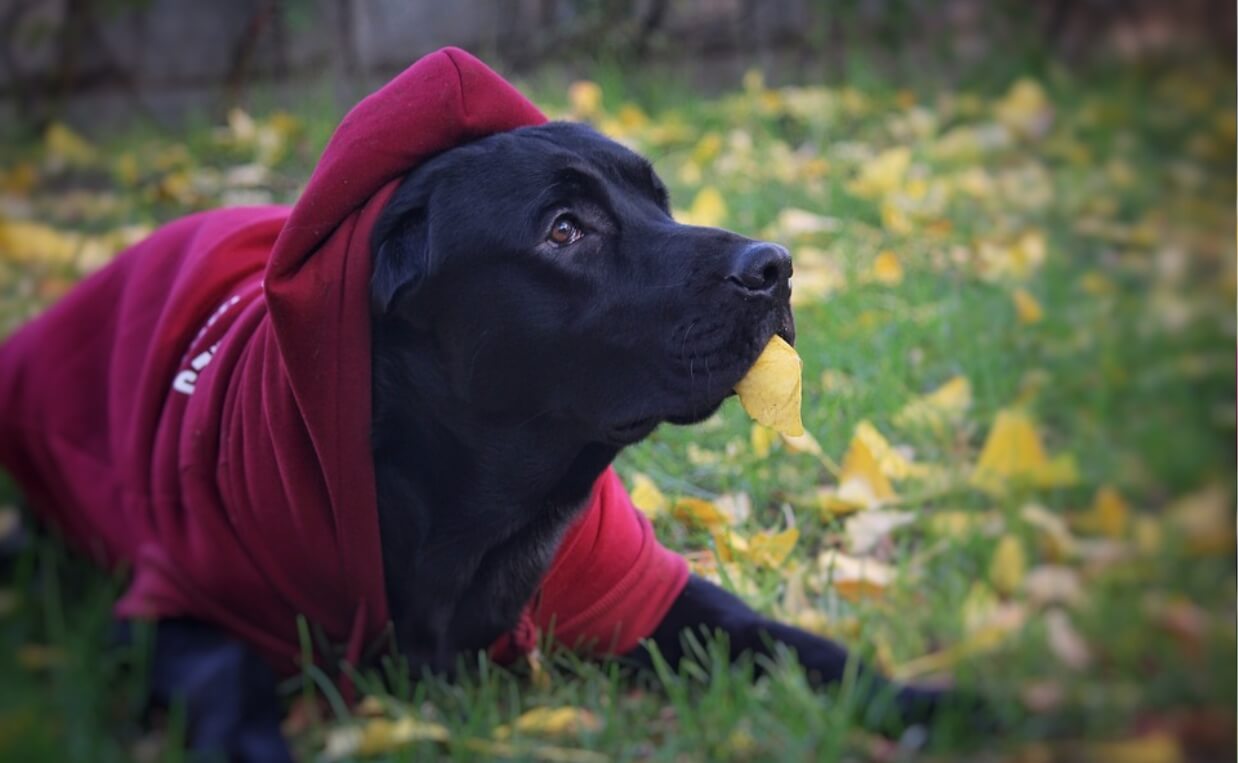
-
Calming vests, jackets and oral treatments
Every pet store has a section containing vests, jackets, creams, CBD oil and other oral treatments designed to help dogs calm down. Do they work? Some people swear by them and others say they don’t work at all. Some people say they at least help take the edge off. You be the judge.
-
Medication
Sometimes medication will help a dog by preventing the re-uptake of serotonin in the brain. If you think your dog is a candidate for medication, please make an appointment and discuss it with your veterinarian.
-
Aggression
There are many types of canine aggression, from territorial to fear to social aggression. The ASPCA website has a great breakdown of all of them.
Aggression stems from fear and anxiety, common in shelter dogs.
If the dog you are considering has shown aggressive behavior problems, please slow down and really consider carefully whether you and your home is the best situation for the dog.
Most of the time, you can’t really cure a dog of aggression, only manage it’s exposure to triggers. For this reason, an aggressive dog may not be a good fit for a home with young children or other pets.
Dealing with aggression can be both challenging and frustrating. It’s difficult to deal with and the dog may be a legitimate danger to others. If you do decide to adopt a dog with aggressive behaviors, be sure to consult with your vet or a behaviorist to discuss root causes and proper treatment.

-
Resource guarding
Resource guarding occurs when a dog fears they will lose something important to them. Often, it’s food, but it can be a favorite toy or other object. Since shelter dogs can be subjected to neglect and may not have had enough food or comfort, it’s no wonder resource guarding is a common behavior problem among them.
You can try to correct or manage your dog’s resource guarding, but this is instinctual behavior and difficult to break. If you have young children or other pets, you may want to find a dog who doesn’t have resource guarding behaviors.
Read more: How to Prevent Unwanted Food Guarding in Dogs
-
Destructive chewing
A certain amount of chewing in dogs is normal. It keeps their jaws strong and teeth clean. But if the chewing elevates to seriously destructive behavior problems (I’ve heard of dogs chewing up an entire couch!) then you should be concerned.
Destructive chewing has many causes, but here are some common ones:
- Frustration
- Stress
- Anxiety
- Lack of exercise
- Lack of mental stimulation
Destructive chewing can usually be resolved by identifying the cause and supplying your dog with chew toys they enjoy. Wishbone type dog chews tend to be safe, durable and popular.

-
Housetraining regression
Some shelter dogs forget they’re supposed to “go” outside. Many were housetrained at some point, but being locked in a shelter kennel they may have been forced to eliminate inside. Also, your dog may be instinctually “marking” their territory, especially if there are other pet scents in your house.
No worries – re-housetraining is a fairly easy process. Follow the process for training a new puppy and use your crate if needed.
In general, you will want to:
- Create regular routines, including eating and elimination times
- Take them to the same area in the yard and stay with them
- Use the same word (like “potty”) so they learn to associate the word with what you want them to do
- Praise them and give them a treat when they eliminate outside
-
Poor social skills
Many shelter dogs don’t know how to interact with other dogs. Usually, they have had limited exposure to other dogs and have had a lack of positive experiences. Sometimes it’s especially difficult for older dogs to learn social skills. The best you can do is work on desensitization and repeated good experiences. If your dog suffers from poor social skills, don’t set them up for a bad encounter. Work within their comfort zones at a slow pace.
Also, it’s important to recognize dogs are often different if they’re on a leash or off. Off-leash experiences with calm dogs may be helpful.
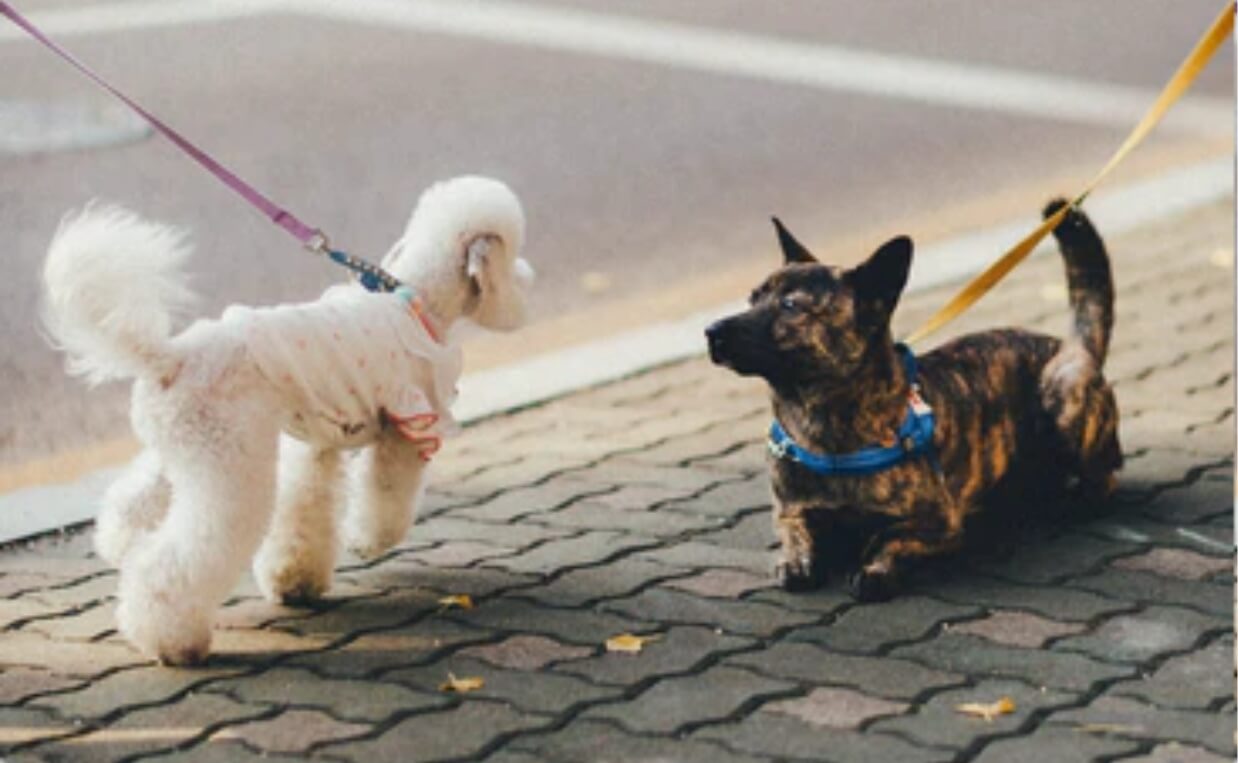
-
Leash-reactivity
Some dogs socialize with other dogs just fine when in an off-leash environment, but go bonkers when they meet a dog while they’re on a leash.
It’s important to understand this isn’t because they’re angry, it’s because they’re afraid. Dogs on a leash may feel trapped because they can’t move away from a potential danger. Because they can’t flee, they become aggressive (fight or flight).
The way to work with leash-reactivity is to find the literal edge of your dog’s comfort zone. How far away from another dog can your dog be without freaking out? Whatever the distance, start there. When they see another dog and don’t freak out, give them a reward. Over time, let them move a little closer and closer, constantly rewarding each positive encounter.
There is a lot more involved in helping a dog with leash-reactivity issues, so be sure to seek the assistance of your vet or behaviorist for more information and assistance.

-
Whining
There are lots of reasons dogs whine. They may be trying to tell you they need something (like to go outside), they’re stressed, they’re in pain, or they know they did something wrong. But by far, the most common – and annoying – type of whining is when they are bored and just want attention.
There are lots of ways to help your dog with boredom.
Here are some of my other blog posts with lots of anti-boredom ideas:
- Tips to Avoid Boredom
- 10 Fun Games to Play With Your Dog to Prevent Boredom
- 12 Ways to Help Your Dog Get Enough Exercise
- 24 Fun Ways to Spoil Your Dog
- 23 Best Dog Gifts for Christmas
- 5 Tips for Choosing the Best Toys for Your Dog
- 10 Project Toys to Keep Your Dog Busy During Thanksgiving Dinner or Anytime Your Dog is Bored
- 7 Creative Ways to Keep Your Dog Active in the Winter
- How to Get Your Dog to Stop Eating Socks
- 10 Ways You and Your Dog Can Relieve Stress Together
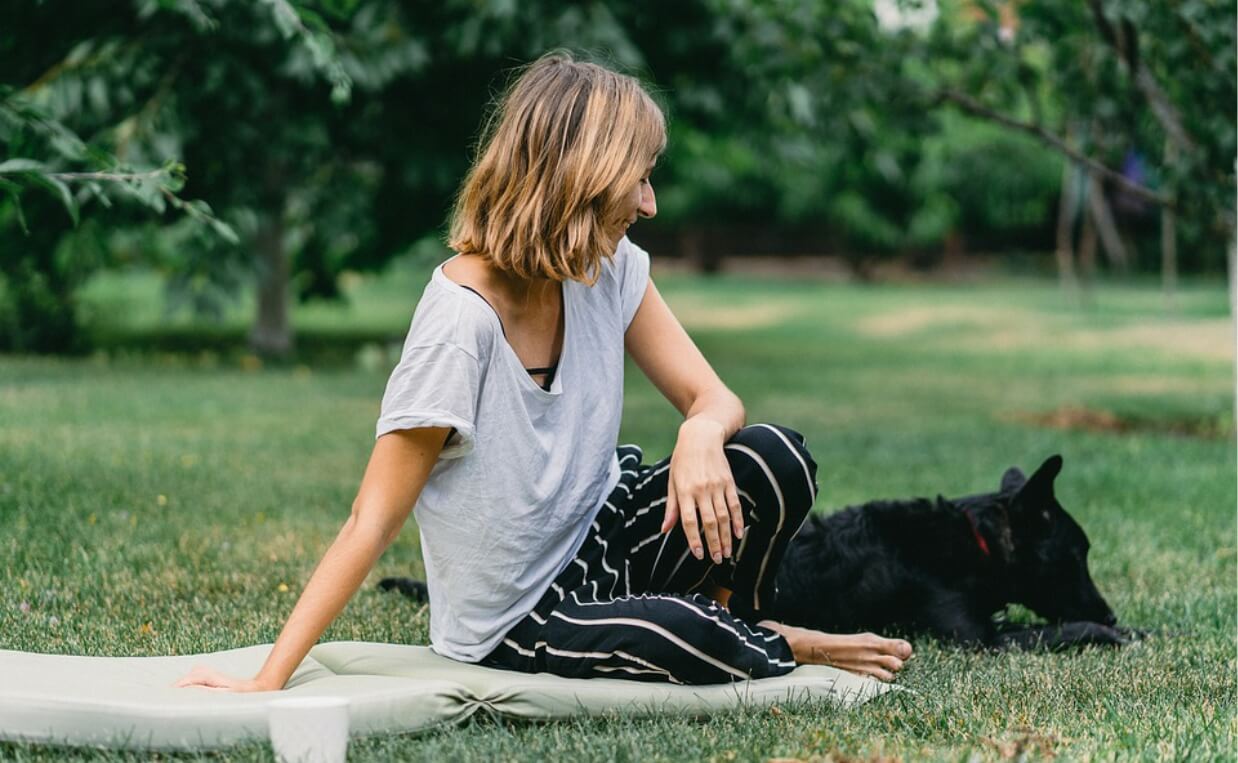
How Dog Daycare Can Help
You may want to consider bringing your adopted dog to daycare regularly. There are many ways daycare can help with behavior problems.
- Relieves boredom
- Plenty of physical exercise
- Gives you peace of mind knowing your dog is supervised and in a climate-controlled environment
- Mental stimulation
- Builds social skills with other dogs
- Human attention and affection
- Safety
- Reduces separation anxiety
- Improved behavior
Dog parents are often surprised at how affordable Canine Campus fees are. We also offer a flexible schedule as well as on-site grooming.
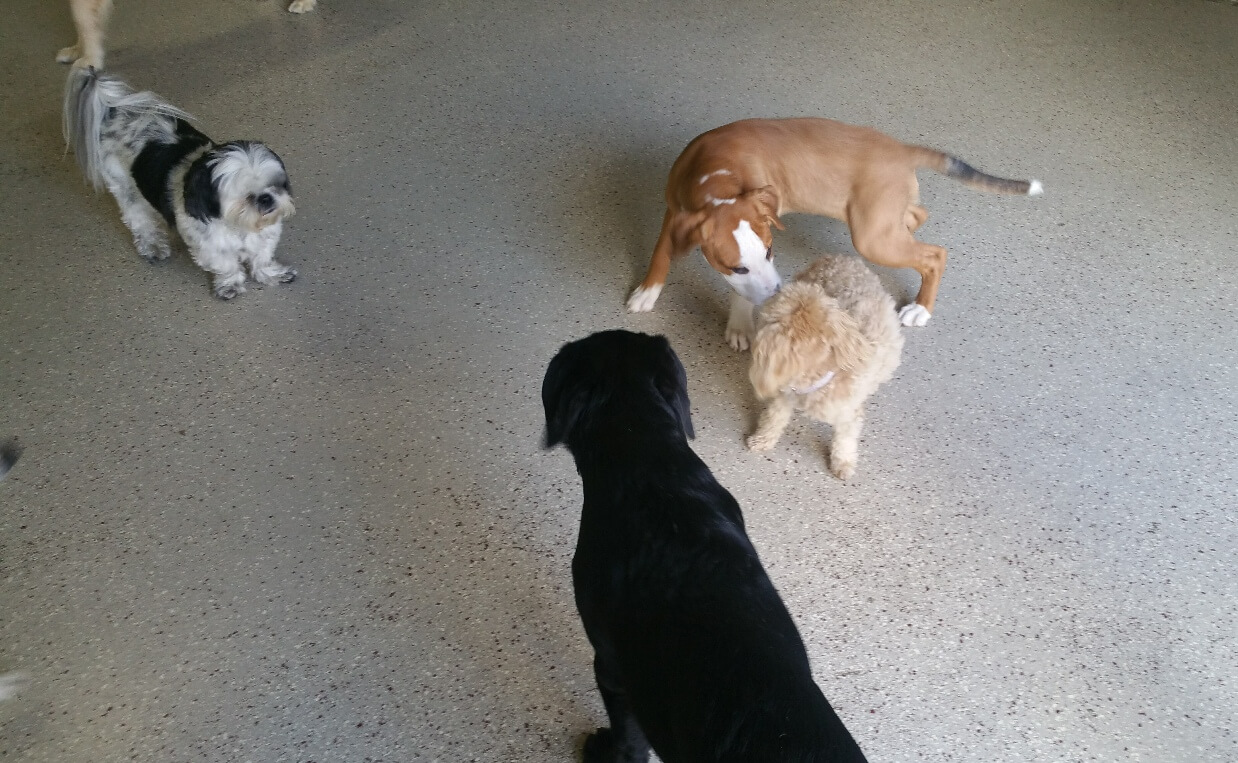
If you’re considering adopting a shelter dog, we encourage you to think of us as part of your dog care team. Once your dog has met Canine Campus vaccination requirements, give us a call at 719-448-9600 to set up a time for your Dog Admissions Test so we can get your pup enrolled.
Have you adopted a shelter dog? What behavior problems did you encounter? How did you overcome those challenges? Please comment below…

 National Adopt a Shelter Pet Day
National Adopt a Shelter Pet Day Living With a Large Breed Dog
Living With a Large Breed Dog 10 Things to Consider Before You Foster a Dog
10 Things to Consider Before You Foster a Dog New Puppy Checklist: Supplies You Need When Bringing a Puppy Home
New Puppy Checklist: Supplies You Need When Bringing a Puppy Home How to Successfully Add Another Dog to Your Household
How to Successfully Add Another Dog to Your Household






Leave a Reply